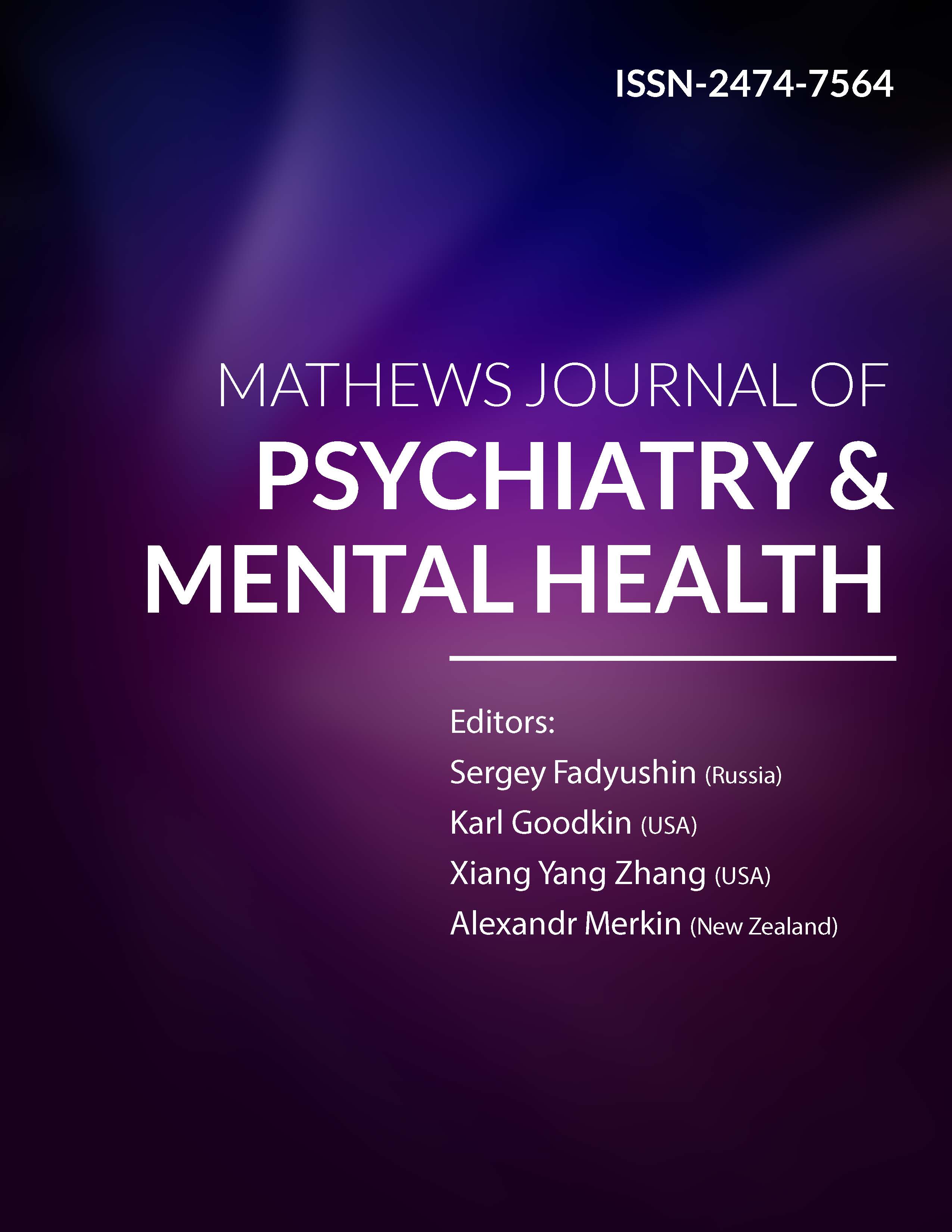
Information Links
Previous Issues Volume 8, Issue 3 - 2023
Prevalence and Associated Factors of Burnout among Midwives in Governmental Hospitals, Eastern Amhara, Ethiopia, 2022
Asrat Fenta Amede1,*, Awraris Hailu Bilchut2, Betelhem Bizuneh Teferi3
1Department of HIT, Debre Berhan Health Science College, Ethiopia
2Department of Public Health, Debre Birhan University, Asrat Woldeyes Health Science Campus, Ethiopia
3Department of Midwifery, Debre Berhan Health Science College, Ethiopia
*Corresponding author: Dr. Asrat Fenta Amede, Department of HIT, Debre Berhan Health Science College, Debre Berhan, P.O. Box 37, Ethiopia; Email: [email protected].
Received Date: May 25, 2023
Published Date: June 16, 2023
Citation: Amede AF, et al. (2023). Prevalence and Associated Factors of Burnout among Midwives in Governmental Hospitals, Eastern Amhara, Ethiopia, 2022. Mathews J Psychiatry Ment Health. 8(3):40.
Copyrights: Amede AF, et al. © (2023).
ABSTRACT
Background: Burnout syndrome is emotional exhaustion (EE), depersonalization (DP) and reduces personal accomplishment (PA). Burnout is resulted from long-term exposure to personal and/or work-related stressors and those stressors are negative effect on midwives’ performance of care and mitigate maternal mortality. Profession‐related stress among midwives has deleterious effects on their professional, physical, and psychological health. Objective: The study aims to assess the prevalence and associated factors of burnout among midwives work in East Amhara governmental hospital Ethiopia 2022. Methods: A facility-based cross cross-sectional study design was carried out. Two hundred sixteen (216) study participants were included in this study from 01 March 2021 – 01 May 2021 working in 11 governmental hospitals in North Shoa, 12 governmental hospitals in South Wollow, 6 governmental hospitals in North Wollow, 1 each from Oromia special Zone and Wagehemera Zones governmental hospitals. A simple Random sampling method was used for selection. Structured and pre-test questionnaires were used. The data were cleaned and checked using Epi info version 3.1 and exported to SPSS version 23 for analysis. Hosmer-Lemeshow goodness fit test and multicollinearity were checked. Bi-variable analysis was executed for variables with p-value of < 0.25 and entered into multivariable logistic regression. Multivariate analysis, AOR, 95% CI and p-value <0.05 were used to identify variables which had association with dependant variable. Data was collected through face-to-face interview. A structured questionnaire was adapted from mental health disorder questionnaire developed by Ethiopian psychiatry association. Pre-test of questionnaire was carried out on 1 referral and 1 primary hospital which are all found out of the study area. Ethical approval was obtained from the Research and Publications committee of Department of public health, College of Health Science, Debre Berhan University. Result: From the total respondents, 112(51.9%) midwives were suffered from professional burnout. There were association between burnout and intention to leave their work (AOR=2.320; 95% CI: (1.307, 4.119), shortage of staff member (AOR= 2.00; 95% CI: (1.141, 3.505), conflict with hospital manager (AOR=2.133; 95% CI: (1.189, 3.825) and having one or more children (AOR=3.348; 95% CI: (1.617, 6.930).
Recommendation and Conclusion
Recommendation:
The intention to leave their work should be given due attention by the Regional Health Bureau.
The hospital management should work together with midwives to avoid disagreement and conflict.
Managers in each hospital should work on human resource to avoid work overload among midwives.
Conclusion
The study showed that a higher proportion of midwives were suffered from burnout due to their work and have an intention to leave their work. There were also a significant association between factors.
Keywords: Midwives, burnout, emotional exhaustion, Eastern Amhara.